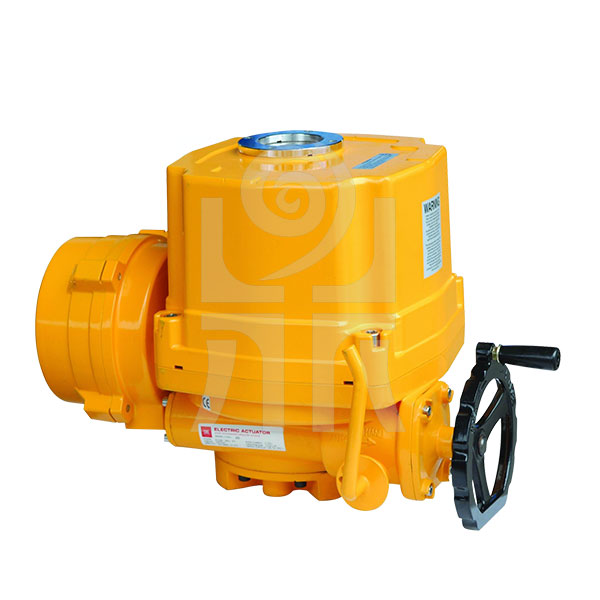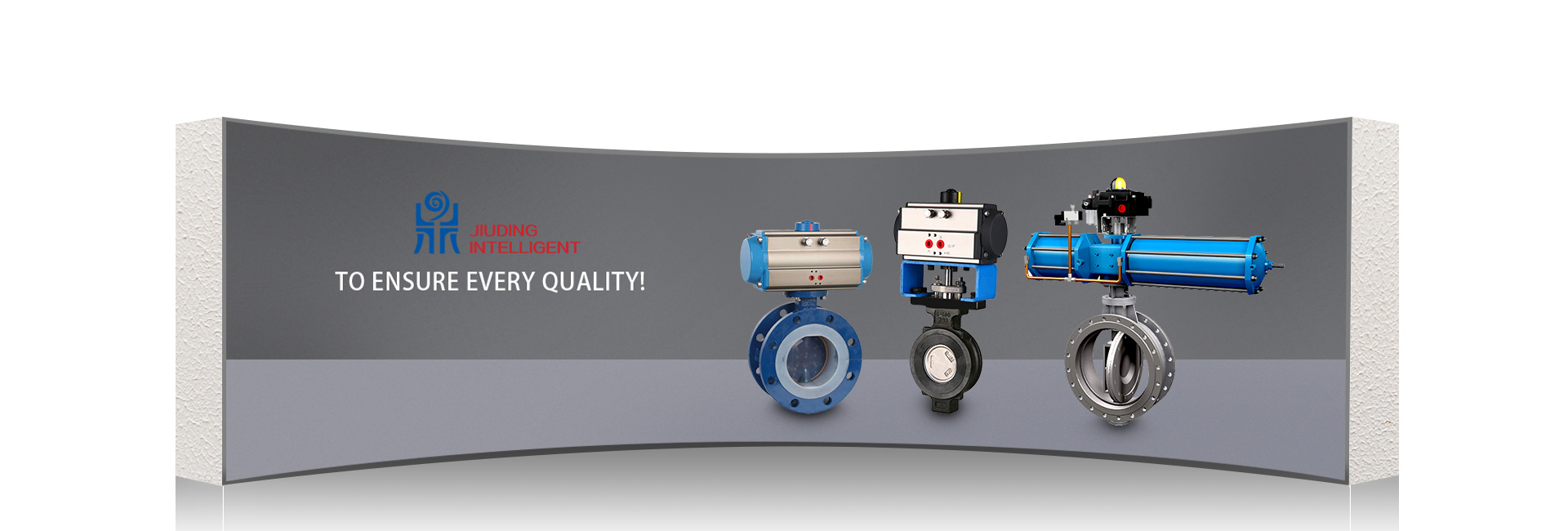Electric Actuator

Electric Actuator
Rotary: 0 ~ 90 ° Angular travel, for controlling the valve, rotary valve plug valves, butterfly valves and the like louver
Multi-turn: the need to run more than 360 ° in order to achieve the open and Close Valves, shut-off valve is mainly used, pinch valve diaphragm valve and
Straight Travel: the power output, the resulting displacement, mainly for gate valves and sluice valve
Multi-turn: the need to run more than 360 ° in order to achieve the open and Close Valves, shut-off valve is mainly used, pinch valve diaphragm valve and
Straight Travel: the power output, the resulting displacement, mainly for gate valves and sluice valve
Contact purchase
shared:
Electric Actuator (Electronic Actuator), also known as electric actuator. It is a drive that provides linear or rotary motion, which utilizes electrical energy and operates under the control signal, and is used in a variety of industrial automation process control links.
1, The Electric Rotary Actuator Multi
One of many types of rotary actuator power-driven actuators are the most common and reliable. The single or three phase motor drives the gear or the worm gear to drive the stem nut, and the stem nut causes the valve stem to move the valve open or close.
Multi-turn electric actuators can drive large-size valves quickly. In order to protect the valve from damage, the limit switch installed at the end of the valve stroke will cut off The motor power, and when the safety torque is exceeded, the torque sensing device will cut off the motor power, the position switch is used to indicate the valve switch status, The handwheel mechanism for mounting the clutch unit can manually operate the valve in the event of a power failure.
The main advantage of this type of actuator is that all components are housed in a housing that integrates all basic and advanced functions in this waterproof, dustproof, explosion-proof housing. The main disadvantage is that when the power failure, the valve can remain in place, only the standby power system, in order to achieve fail-safe valve position (open or fail closed fault)
2, A Single Electric Rotary Actuator
That is similar to the actuator Electric multi-turn actuator, the main difference is that the final output of the actuator is a quarter of 90 degrees of movement. The new generation of electric single-turn actuators combines the complex functions of most multi-turn actuators, such as the use of non-entry user-friendly interface for parameter setting and diagnostics.
Single-turn actuators are compact enough to be mounted on small-sized valves, typically at 800 kilograms of output torque, and less power required. They can be fitted with batteries for fail-safe operation.
1, The Electric Rotary Actuator Multi
One of many types of rotary actuator power-driven actuators are the most common and reliable. The single or three phase motor drives the gear or the worm gear to drive the stem nut, and the stem nut causes the valve stem to move the valve open or close.
Multi-turn electric actuators can drive large-size valves quickly. In order to protect the valve from damage, the limit switch installed at the end of the valve stroke will cut off The motor power, and when the safety torque is exceeded, the torque sensing device will cut off the motor power, the position switch is used to indicate the valve switch status, The handwheel mechanism for mounting the clutch unit can manually operate the valve in the event of a power failure.
The main advantage of this type of actuator is that all components are housed in a housing that integrates all basic and advanced functions in this waterproof, dustproof, explosion-proof housing. The main disadvantage is that when the power failure, the valve can remain in place, only the standby power system, in order to achieve fail-safe valve position (open or fail closed fault)
2, A Single Electric Rotary Actuator
That is similar to the actuator Electric multi-turn actuator, the main difference is that the final output of the actuator is a quarter of 90 degrees of movement. The new generation of electric single-turn actuators combines the complex functions of most multi-turn actuators, such as the use of non-entry user-friendly interface for parameter setting and diagnostics.
Single-turn actuators are compact enough to be mounted on small-sized valves, typically at 800 kilograms of output torque, and less power required. They can be fitted with batteries for fail-safe operation.
Previous:
Electric Actuator



 Zhejiang public security reserve No. 33032402001552
Zhejiang public security reserve No. 33032402001552


